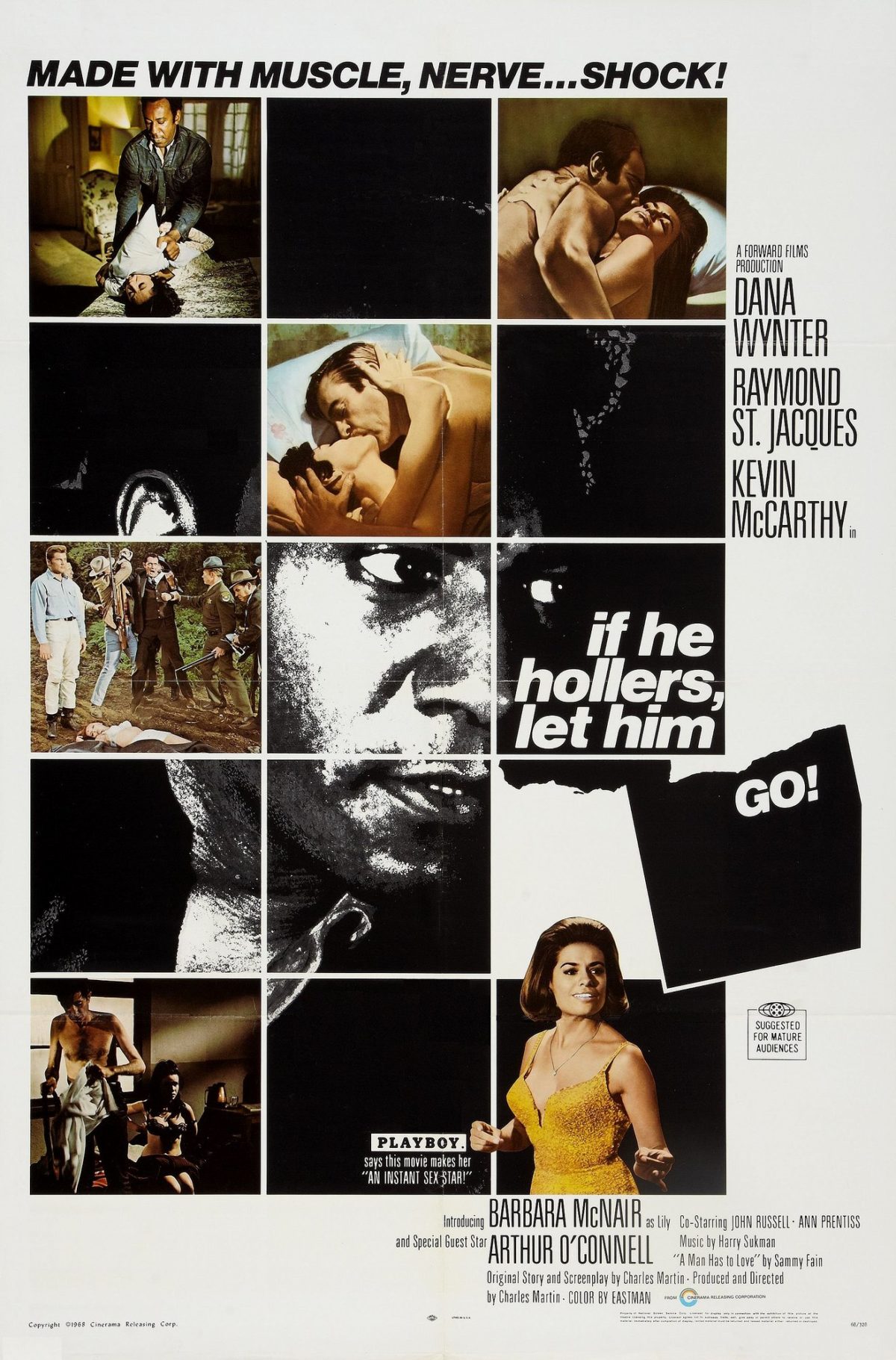As a child of the 20th century, my understanding of race in the United States (specifically the relationship between whiteness and blackness) was informed primarily through a retrospection of the Civil Rights Movement of the 1950s and 1960s. Rosa Parks and Martin Luther King Jr. were central figures of the movement, informing my early understanding of how peaceful protest and civil disobedience successfully resulted in an equitable, colorblind society by the 1990s.
Years later and with much more experience, that naive understanding of race in the United States has been upended and recontextualized by seemingly endless acts of violence: the transatlantic slave trade, Jim Crow, the Ku Klux Klan, the Tulsa Race Massacre, the murder of Emmett Till, the War on Drugs, the Flint Water Crisis, the prison industrial complex/modern slavery, and policing have all contributed to a legacy of violence against Black people living in the United States. The White ruling class and those who seek its favor uphold racist institutions, which perpetuates racial violence, resulting in a society that continues to favor certain lives over others.
If He Hollers Let Him Go doesn’t shy away from the violence inherent in American society. As an aspect of noir fiction, violence is a necessary component in depictions of society’s more sinister side. However, writing as a Black man about a Black man, Chester Himes must have found violence an unavoidable trait of any honest depiction of American society. What I find so interesting in retrospect, while attempting to contextualize the novel with its time, is how Himes and his understanding of Blackness and American society speaks to what would come later with Rosa Parks, Martin Luther King Jr., Malcolm X, the Black Panthers, and everyone and everything else to follow. Himes doesn’t sidestep feelings of rage and the internal yearning for violence experienced by a young and angry Black man. Instead, writing within the genre of noir, Himes explores those feelings, challenging readers to argue against Bob’s rage when presented with the various slights and injustices experienced within a single day.
Himes lived through the Civil Rights Movement and a quick Google search shows that he knew Malcolm X, though I don’t know the details of their relationship. However, as we continue reading, I’ll be interested in deciphering Himes’s personal feelings or ideology regarding the role of violence and rage in response to the realities of racism in the United States.

As has been said before me, I think your focus on the violence within noir – particularly within the context of Bob’s world and race – is important to note. I, like yourself, grew up under the impression that racial discrimination in the United States was a thing of the past. Of course, this is not the case and I think that Himes’s novel – even though it takes place in the past – can help us realize this because of how Himes does not shy away from the darkness faced by black people. One strategy for racial progress that we often see play out involves focusing on what could be and ignoring what is, but Himes takes the opposite approach. By leaning into and exposing the ugliest aspects of racism, there is a shock value to a reader who would otherwise rather to ignore what has happened in this past and move forward.
Your focus on violence in Noir was very interesting, especially when contextualizing it with the background of Himes. In the other examples of Noir that we have read this semester, there is definitely evidence of violence, but usually, this violence is portrayed as being “justified,” such as Sam Spade fighting Joel Cairo. However, in Black Noir, and the example of If He Hollers Let Him Go, the use of violence and anger is looked at in a more questionable way. Last semester, I took a class that explored the debate of Violence v. Nonviolence in the Black Lives Matter movement, and reading your post made me think that this book explores this debate in a way as well because it does in fact force the reader to grapple with the question of is violence or anger in this instance justified?
I find it interesting that instead of shunning violence and darkness, Himes actually dives deeper into the world of racism and noir. Bob is characterized as a World War II era man who wants to be perceived not by his race, but by his masculinity. This is evidenced by his consistent lack of trust and objectification of women. Bob’s stream of consciousness reveals certain “white male” sensibilities, including his observation that four out of five women in the street are unescorted in LA now. Himes harkens to nostalgia and “tradition” in an effort to pick it apart. He sidesteps the colorblindness of the 1990s and instead delves into the darkness of the 1940s.